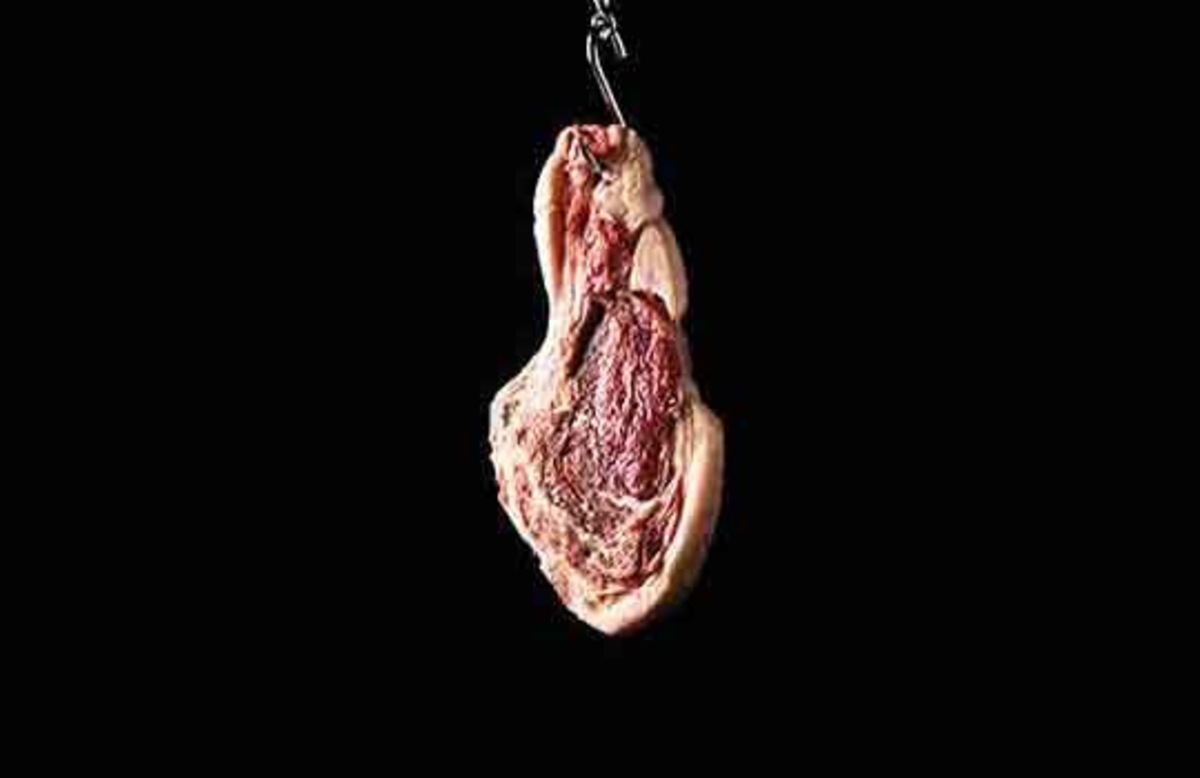Adding transparency to the red meat sector
Laura Williams
17 April 2022, 10:36 PM
 The sector is one of many to see new investments to improve the industry.
The sector is one of many to see new investments to improve the industry. Over $200,000 has been delivered to the red meat sector after workshops from 2021 identified paper-based information collection as the greatest barrier to industry transparency.
With $5.9 million committed to projects to improve market transparency across perishable agricultural goods supply chains, for the red meat sector it is apparently ‘digitisation’ of price and market information that will be the game changer.
Minister for Agriculture David Littleproud said that access to market and price information is crucial to making important business decisions.
“Supporting strong and resilient supply chains by improving market transparency improves competition and consumer choice…and ultimately it improves productivity,” Mr Littleproud said.
The workshops held late last year found the project to digitise and create a database with external sources would increase the pool of data and transparency, but currently there is limited access to metrics outside of saleyards.
The mission towards transparency in the industry has been ongoing for almost a decade, prompted by concerns over systems that don’t endorse integrity, poor reporting structures and unclear industry standards that lead to anti-competitive conduct.
So far small steps have been taken to improve the industry, including meat processors publishing their price grids online and greater clarity on how meat is graded.
Mr Littleproud believes the next step is digitisation, making data more accessible and more readily available.
“This project will transition the delivery of the significant range of livestock market, domestic production and international trade information reports into user-interactive, web-based, dynamic dashboards. This will support better market analysis and allow farmers to compete on the merits of their product,” Mr Littleproud said.
“It’s a common-sense approach for any good business.”
Meat and Livestock Australia Managing Director Jason Strong said improvements in price transparency and market information will enable producers to continue to improve their connection with the supply chain.
“The red meat industry is reliant upon animals being available at the right time and meeting market specifications, ensuring the high value, high quality reputation of Australia’s agricultural sector,” Mr Strong said.
“Improving access to market information may improve the potential returns for producers, and provide them with more information to better target market specifications.”
Workshops were held across various other perishable agricultural goods supply chains, including chicken meat, dairy, horticulture, pork and seafood. It is expected that similar investments could be made to increase their transparency also, although their barriers to transparency vary across industries.


